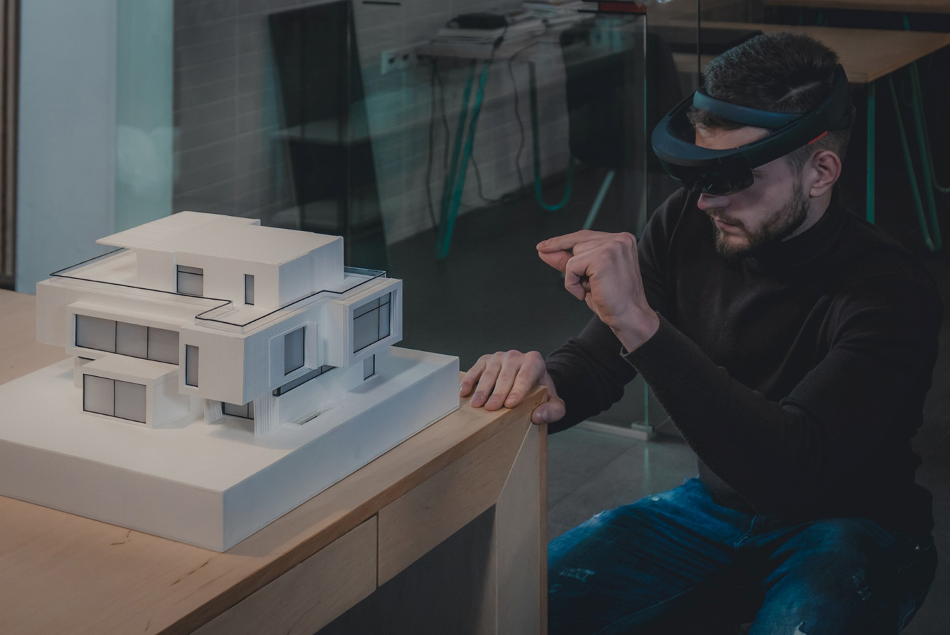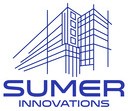Technology is changing the way architects design and manage projects. From advanced software to innovative tools, these changes are making the work of architects more efficient, accurate, and creative. For an Architect in Denver, technology is especially important in adapting to the city’s unique environment and rapid urban growth.
New tech not only streamlines the design process but also helps architects meet sustainability goals and client expectations. Let’s dive in and explore how these advancements are reshaping the industry.
One of the biggest technological advancements in architecture is Building Information Modeling (BIM). BIM allows architects to create detailed 3D models that show all aspects of a building, from structural design to electrical systems. This makes it easier to visualize the final product and catch potential problems early in the planning stages.
For architects in Denver, BIM is incredibly useful in managing complex local regulations, ensuring buildings are safe, and aligning with environmental standards. The technology also fosters collaboration between different teams, like engineers and contractors, making the entire project run more smoothly.
- Drones for Site Analysis
Drones are becoming a popular tool in architecture, offering a new way to analyze construction sites. Instead of spending days walking a site, architects can use drones to capture high-quality images and videos of the area. This makes site surveys quicker and more detailed.
For an Architect in Denver, where many projects are spread across different terrains, from urban areas to mountainous regions, drones are valuable for providing accurate data on topography and site conditions. They also help monitor construction progress and detect issues without needing to be physically present on-site.
- Virtual Reality (VR) and Augmented Reality (AR)
Virtual reality (VR) and augmented reality (AR) are revolutionizing client interaction. VR allows clients to “walk through” a virtual version of their building before construction starts. This gives clients a better understanding of the space, helping them visualize the final product and suggest changes earlier in the process.
In Denver’s growing market, these technologies are incredibly useful for architects to showcase their designs in a dynamic, immersive way. AR, on the other hand, allows architects to overlay digital designs onto real-world spaces, making it easier to visualize how a new structure will blend with existing surroundings.
- Sustainable Design Software
Sustainability is becoming a major focus for architects everywhere, and Denver is no different. Modern software now allows architects to simulate the environmental impact of their designs. These tools calculate energy usage, water consumption, and the carbon footprint of a building, helping architects make eco-friendly choices.
An architect in Denver, Colorado can use this technology to design homes and commercial buildings that meet local green building codes, such as incorporating renewable energy solutions like solar panels. This not only benefits the environment but also reduces long-term costs for clients.
Conclusion

The work of an Architect in Denver is being transformed by technology, making projects more efficient, sustainable, and client-friendly. With tools like BIM, drones, VR, and sustainable design software, architects are better equipped to handle Denver’s unique architectural demands. As technology continues to evolve, architects in the city will only see more opportunities to innovate and create spaces that meet modern needs.
To explore more about how these technologies are shaping the future of architecture, visit Sumer Innovations. Discover how they can help you bring your architectural vision to life while embracing the latest advancements in the industry.




